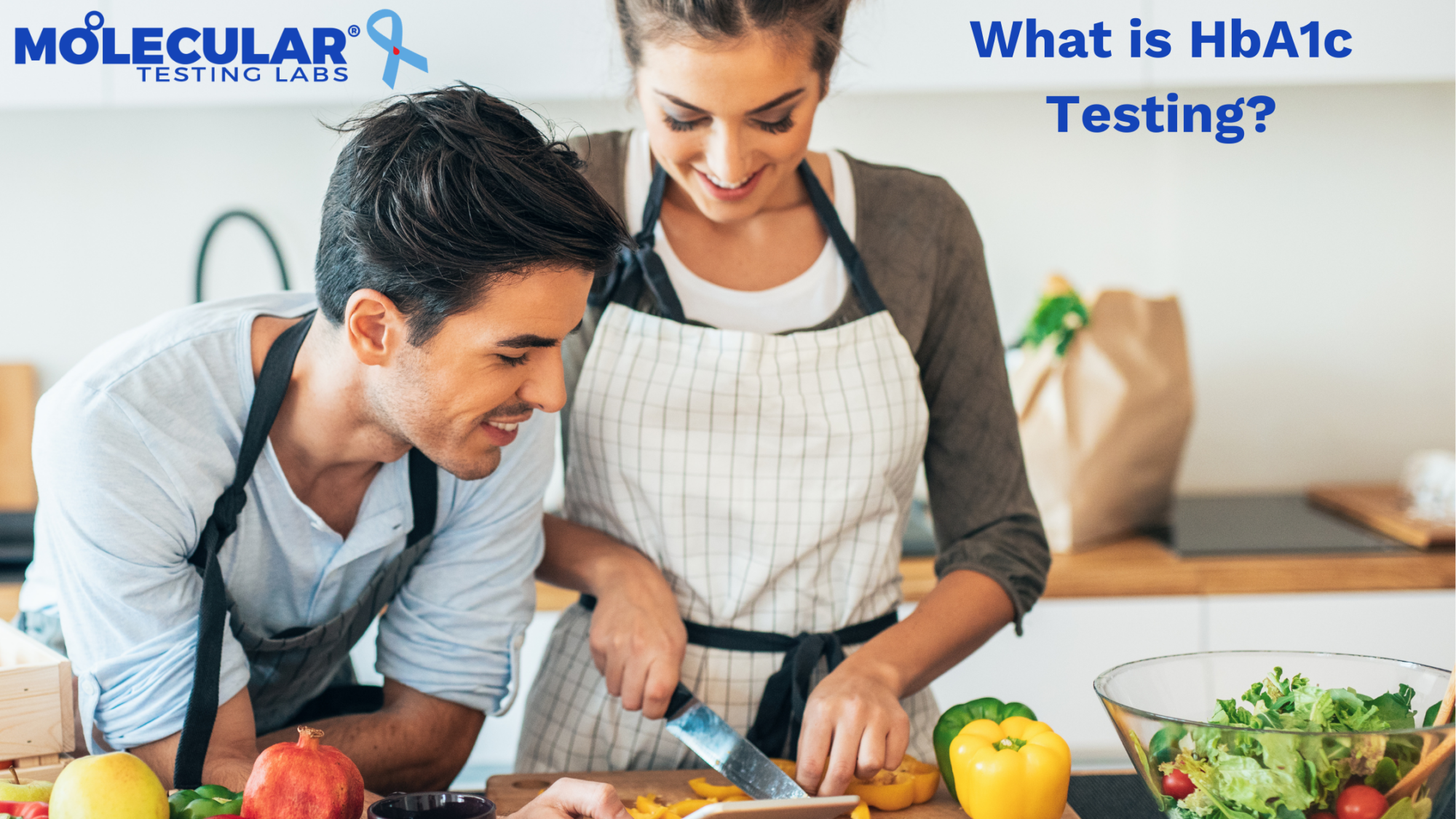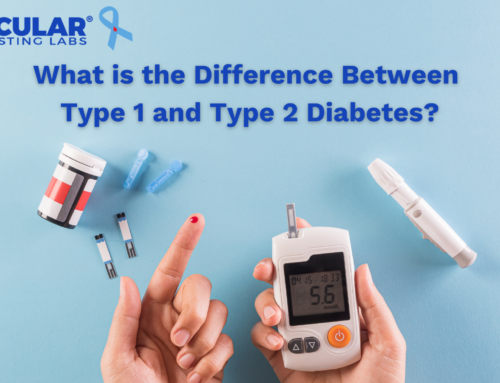
What is HbA1c Testing?
Share:
HbA1c, sometimes called A1c, is a standard blood sugar test that measures your average blood glucose level over months. According to the Centers for Disease Control and Prevention (CDC), when sugar, in the form of glucose, enters your blood, it adheres to hemoglobin (iron) molecules in your red blood cells. It is normal for glucose to “stick” to hemoglobin, but in the case of diabetes, too much glucose attaches to hemoglobin in a patient’s blood. According to Diabetes UK, red blood cells circulate for approximately 2 – 3 months in your blood, which is why HbA1c is an average blood sugar level over time, as opposed to a snapshot of blood sugar levels at the moment you measure your blood glucose.
Discovered in the 1960s, HbA1c has been used to monitor glycemic control since the 1970s and became the international standard in the 1990s and 2000s. According to a Clinical Chemistry and Laboratory Medicine study, the discovery of HbA1c is one of the most significant medical advancements in diagnostics over the last 40 years. It is now a standard of care for diagnosing and monitoring diabetes.
According to the CDC, anyone over the age of 45 years and those with risk factors for diabetes should get a baseline for HbA1c. If your result is normal, 5.7% or below, you should have it retested every three years. If you are diagnosed with pre-diabetes, an HbA1c of 5.7 – 6.4%, your doctor will likely recommend lifestyle modifications to improve your blood sugar and retest you every 1-2 years. If you are diagnosed with diabetes, HbA1c of 6.5% or higher, your doctor will likely recommend further diabetes management steps and test you at least two times per year.
You don’t have to fast for an HbA1c test, as you do for a glucose test. It can be done on whole blood from a traditional blood draw, or in some cases, as with Molecular Testing Labs’ NGSP Level 1-certified HbA1c testing, it can be done on dried blood collected through a finger prick. Our Dried Blood Spot (DBS) testing is an affordable and accessible option that can be self-collected by patients and sent directly to our laboratory for testing.
Read more about this prestigious award recognition here: MTL NGSP Level I Laboratory Certification for Diabetes Blood Test on Dried Blood Spots.
References
- Centers for Disease Control and Prevention. (2022, September 30). All About Your A1C. https://www.cdc.gov/diabetes/managing/managing-blood-sugar/a1c.html#:~:text=The%20A1C%20test%E2%80%94also%20known,care%20team%20manage%20your%20diabetes.
- Diabetes What is hba1c? https://www.diabetes.org.uk/guide-to-diabetes/managing-your-diabetes/hba1c
- Gillery, P. (2012). A history of HbA1c through Clinical Chemistry and Laboratory Medicine. Clinical Chemistry and Laboratory Medicine, 51(1) 65-74. https://www.degruyter.com/document/doi/10.1515/cclm-2012-0548/html


